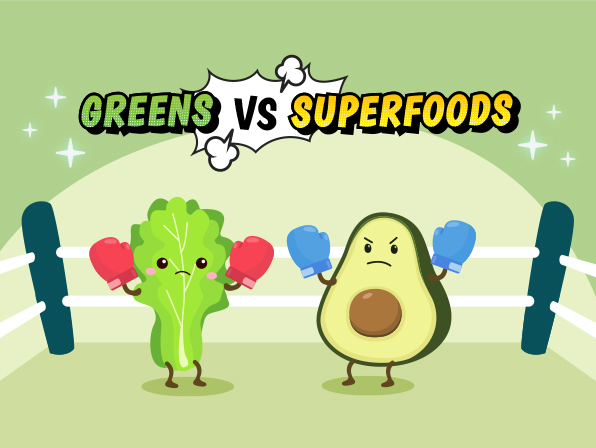Wheat Grass
Latin Name: Triticum Aestivum
Wheat grass is a thick, hay-like grass that is very high in nutritional value as it contains nutrients such as vitamin A, C and E, iron, magnesium, zinc, amino acids and a type of green pigment called chlorophyll.
It is usually harvested when it freshly sprouted, before it reaches full-size. Due to its high-antioxidant contents, studies have shown that wheatgrass is useful for health conditions related to aging and inflammation (e.g. arthritis, heart diseases, digestive problems, and skin issues).
Other studies have also proposed that it may help reduce the risk of certain cancers by slowing down the growth of cancer cells, as well as cause some cancer cells to die. Being high in fibre, this property also benefits people who wish to manage blood sugar level and body weight.
Stay Inspired with Health Trends

8 Tips For Building Mental Resilience In Your Child

7 Amazing Facts About Women

How Burned Out Are You?

Dozing off at Work? 😴

Managing Diabetes with Weight Loss: A World Diabetes Day Focus

Ate And Left No Crumbs: 6 Simple Weight Loss Tips

Break Free from Weak Bones

Small Bite, Big Threat: Fight Dengue with Confidence

Count Celebrations, Not Calories This Mid-Autumn Festival!

From Fat Burning to Detox: 5 Benefits of Apple Cider Vinegar

Cracking The Food Coma Code

Keep Cool and Carry On!
In Singapore, the National Climate Change study predicts that the daily average temperature may rise to a sweltering 36.7 Degrees Celsius by the end of the century1

Give Your Brain A Good Headstart!

Greens Vs Superfoods

How Much Is Too Much Salt?

Maximise Your Workout

FREE RADICALS – YOUR INVISIBLE ENEMY
